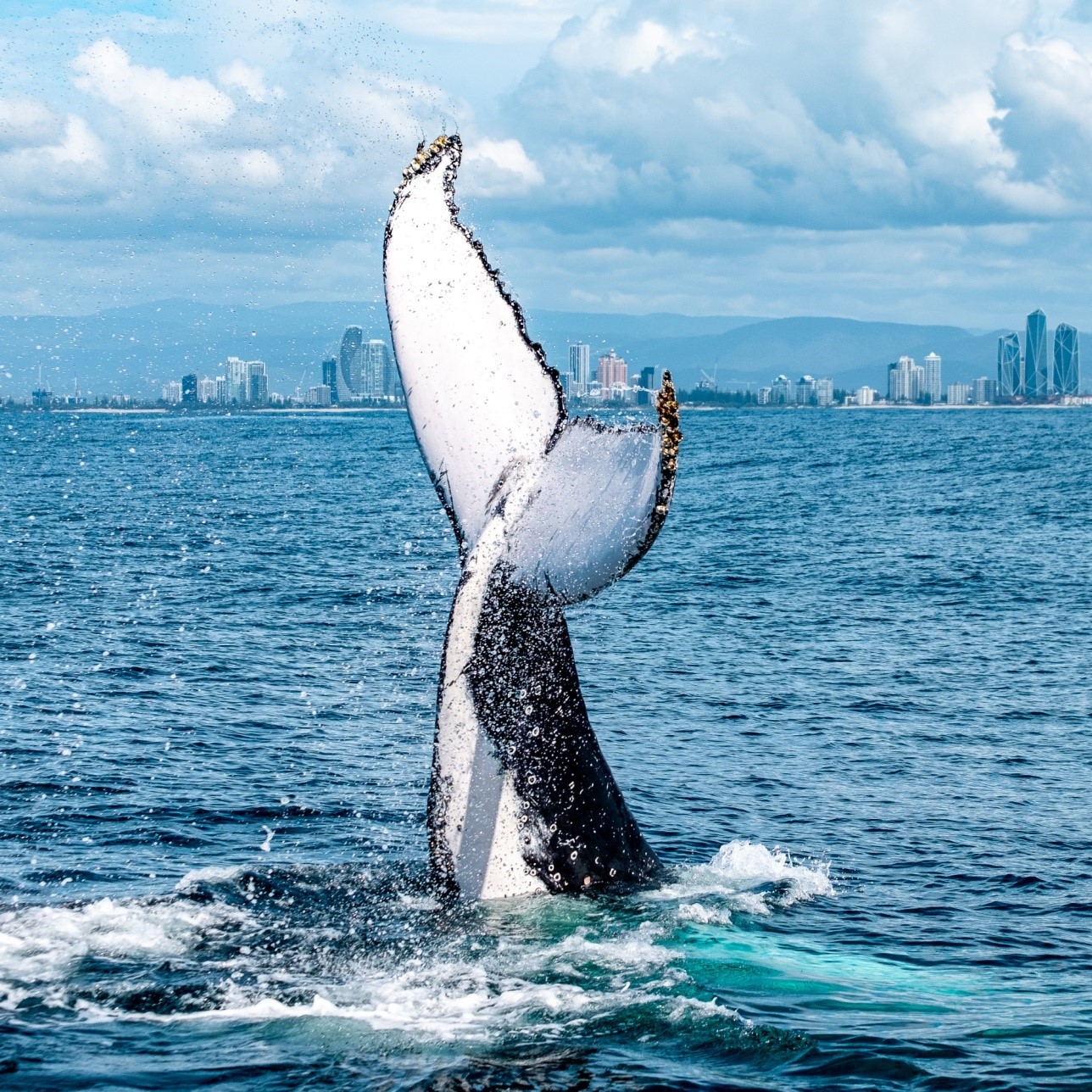The Humpback Whale Sentinel Program Reveals 2017 as an Anomalous Year in the Eastern Antarctic Sea-ice Ecosystem

In 2017, the world observed some of the most dramatic changes recorded in Antarctica in modern history. July 2017 saw 10% of the Larsen C ice-shelf cleave off as a massive iceberg. The year continued with the appearance of a 300,000 m2 polynya in the winter sea-ice off east Antarctica, and summer sea-ice coverage was the lowest ever recorded, 27% below the mean annual minimum.
Southern hemisphere humpback whales (Megaptera novaeangliae) are implemented as sentinels of the Antarctic sea-ice system under the Humpback Whale Sentinel Program (HWSP). Their dependence upon sympagic Antarctic krill (Euphausia superba), extreme energetic adaptations, and migratory life history render them highly suited to this ecosystem surveillance approach. To date, humpback whale populations migrating to New Caledonian, Colombian, Brazilian, west- and east-Australian breeding grounds, have been included under the HWSP. The longest continuous record of annual sentinel parameter measurements (13-years) is available for the east coast of Australia migrating stock (E1 breeding stock as designated by the International Whaling Commission, IWC). Temporal analysis of blubber biochemical signals, histology, and the demography of the migratory cohort of the E1 population, has revealed 2017 to be an outlier. Biopsied blubber samples had high proportions of the fatty acid 21:5ω3, which was not present in whales sampled in other years. The inverse Adiposity Index (AI-1) of southward migrating humpback whales was the second lowest on record, 15% below the mean for this sampling time-point, indicating reduced fat reserves. The sex ratio of the migratory cohort showed a greater than average skew towards males within precisely comparable time windows; potentially indicating missed or delayed migration among reproductive females as an energy conserving strategy. Finally, calf mortality as indicated by stranding records, was also elevated during the 2017 migratory season.


Figure: The average E1 population inverse Adipocyte Index (AI-1) displayed per year, revealing a drop in population fatness between 2016 and 2017.
The influencing role of Antarctic sea-ice extent, and the timing of summer sea-ice break-up, in observed krill abundance and availability to predators remains an active area of research, and one which carries clear consequences for the Southern Ocean baleen whale populations. These results lend support for the use of migratory baleen whales for capturing present-day changes within the remote Antarctic ecosystem.
The HWSP is a SOOS-endorsed project and has been funded by the Southern Ocean Research Partnership. Further information on the program is available The Humpback Whale Sentinel Program website.






